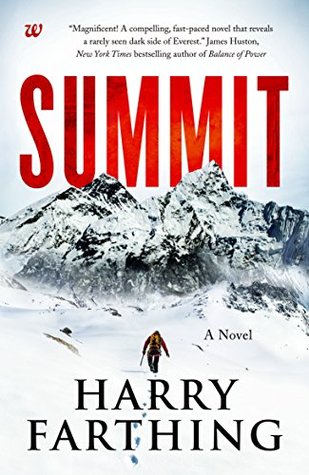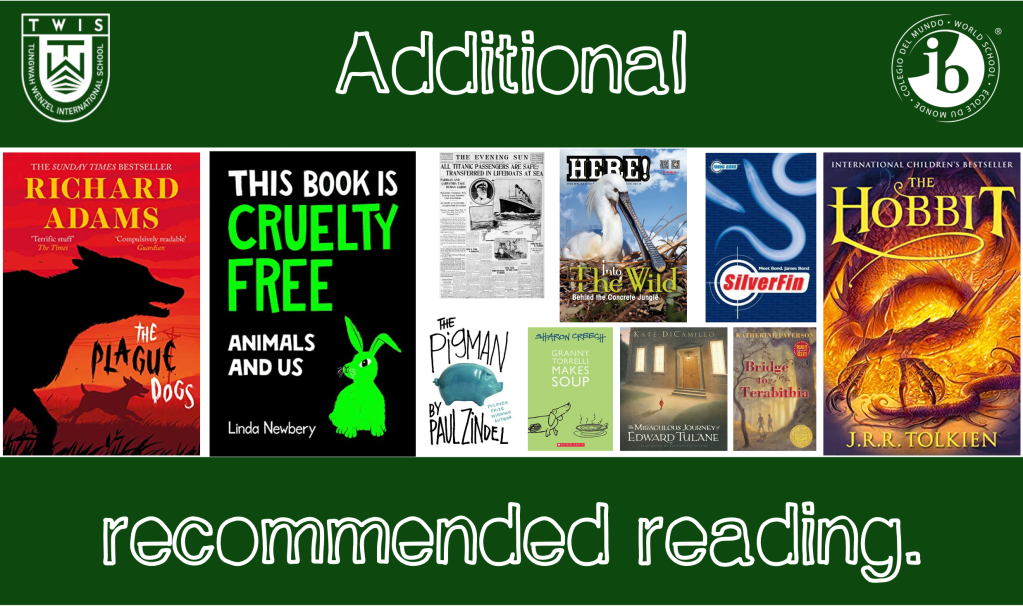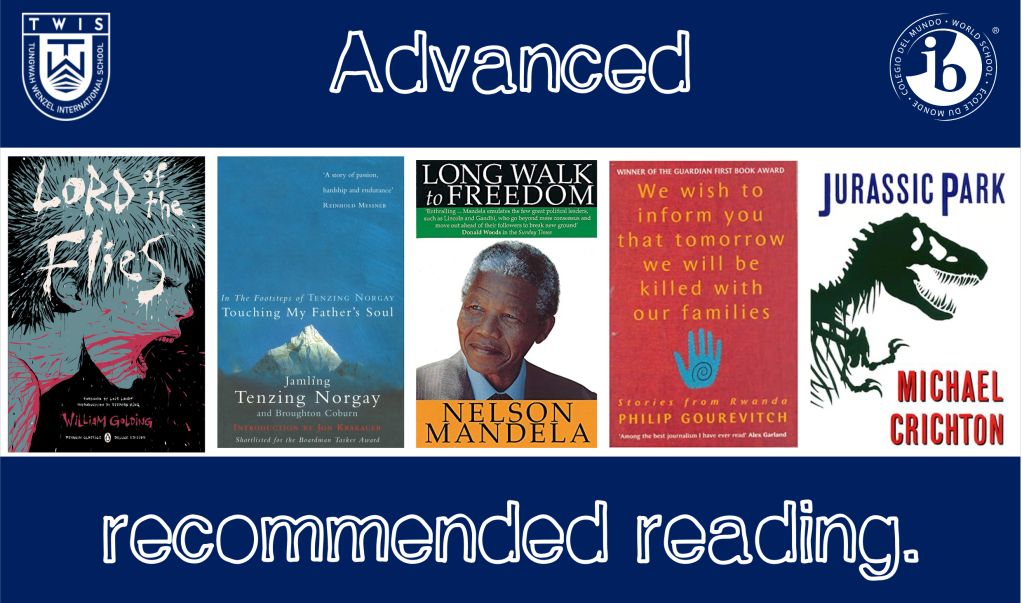Reading is more than being able to say words out loud. Reading is the ability to process and understand a text. If the reader can’t decode or comprehend something they lose out. Those who don’t understand it, will not enjoy it. We must make sense of something, whether words, sentences or wider language aspects in order to have the key to access the content. To close word gaps, we must listen, engage and allow responses at every possible avenue. Giving opportunity to answer, question, respond to asides or talk with a partner can allow that moment of reflection or self-correction. Using modelling through sentence starters or stems gives students a step up onto a ladder that can serve as a basis for getting the output right. Alongside stories, rhymes, poems, sing-a-long opportunities, and conversation, there are various opportunities to drill, repeat and replicate or create. Students should be allowed freedom of expression to demonstrate a foundation of comprehension via discussion.
The Chinese linguist Rèyīlā Dáwútí (热依拉·达吾提) recently has been confimed of “endangering state security”. As one of many intellectuals in China and its western province, she has been active as a director of her founded Minorities Folklore Research Centre. To many, this text alone, about an imprisoned anthropologist offers challenging textual content. To allow students to access this material, thinking aloud is essential. An educator must model the contents, perhaps explaining an impartial background to the region of Xinjiang Autonomous Region, or explaining how ethnic Uyghur people like geographer Tǎxīfǔlātí Tèyībài (塔西甫拉提・特依拜) and economists like Yīlìhāmù Tǔhèt (伊力哈木·土赫提) face extremely life-threatening situations for allegedly “splitting the state”. On the other hand, the educator can extend their tasks to see the points of view of the Chinese Communist Party and how those who undermine or critique policies could be seen as a danger to the state. Cases such as the hijacking of Tianjin Airlines Flight 7554, the Pishan hostage crisis, the 2010 Aksu (阿克苏市) bombing, July 2009 Ürümqi (乌鲁木齐市) riots, and the 2012 Yecheng (叶城) attack indicate the situation is not black and white. Students could collaborate with peers in a way where they discuss what they know, what they could research and how they could link it to other local or international situations. The educator could probe and question to allow students to demonstrate their understanding through talking to read and learn. These methods should be transformational in a student’s ability to take inferences from conversation. Inference skills in conversation can be transferred to reading. Rereading and processing a text helps. Repetition is key. Using predictions, clarifying skills and questions, modelling through talk gives opportunity to develop.
Adults must have a positive attitude to reading. I know that my mother reads often and has always read a large variety of text. I know my fathe reads infrequently, yet has always worked hard to surround my siblings and I with books. Most have been of his interests, trains, birds and British places. Through these reading role models, I have formed a passion for reading. Well-trained teaching staff like Mr Andrew Jones (Chapel Street Primary School, Manchester) and Mr Tony Mack (Reddish Vale High School, Stockport) have always stood out in my memory. They have reinforced my reading habits, however, neither were heavily influential with the deep decoding, vocabulary, fluency and comprehension. That, came earlier in primary school at New Moston Primary School and Clayton Brook Primary School. At these primary schools, through a variety of echo reading, choral reading, partner reading and independent reading tasks, I developed my reading comprehension. The three primary schools I attended used fidelity to programmes, with clear intent, pace, and direction. Biff and Chip, amongst others allowed myself as a student to follow the pedagogy from the teaching teams. I recall targeted support for classmates and evidence of effective assessment. Targeting the next levelled reader or colour of books was always my aim as a youngster. In hindsight, I now understand why. Those self-inflicted aims and targets also stimulated my reward and pleasure in reading.
The Education Endowment Foundation (EEF), a charity dedicated to smashing the gap between families on low incomes having access to education and doing better for themselves. Through evidence and support, the EEF improve teaching and learning opportunities. The EEF (another acroymn, sorry) note that robust training is essential for teachers, and how teachers manage their own responsiveness. The teacher should be matching student pace, responses, whilst responding to their needs. As with many education groups and foundations, they champion the need for engagement. If a class or lesson is more interactive and enjoyable, then by doing the work it is more likely to stick with the learner. Classes need adaptive teaching and learning because those adaptations shall scaffold and shape the learner’s access and focus. Keys open doors, but not all keys fit all locks. Educators must select appropriate keys.
The best teachers know their pupils. They put knowledge into practice. They think over timing, assessment, resourcing (including additional targeted support), allowing time (“Go on, give it a little more time.”), expert delivery and teacher links to reality and the wider world.
Vocabulary, knitted tight with all manner of bespoke definitions and its purposeful variations can either create an active interest or not. The words that can be used maybe fascinating and diverse, but education is not about churning out another Susie Dent or other such experts. Vocabulary does, however, need a degree of immediate interaction or repetition of use to allow deep processing. William Shakespeare played with words, coined new words, pairings and phrases. Those who used these intended or unintended mistakes and uses evolved over time. Prioritising vocabulary is natural. We use many tier 1 words (e.g., this, that and the other) frequently to access text. From that, tier 2 words (e.g. calf), allow us to access text, but these appear infrequently. Up above are the tier 3 words that are specific to subjects, e.g. globalisation.
Mathew effect word-rich students become richer in knowledge. Word-poor students fall behind. This may be due to the quality of parents’ talk, or a lack of role models. Students may not have a bookshelf. They may be too distracted by TikTok or social media. The importance of allowing students opportunity to explore text through talk and stories allows exposure to greater depth of text and vocabulary. Through this students can become word-rich. Robust exposure to vocabulary will increase accessibility to text. It needs repetition to strengthen and embed. They should be hearing and seeing words over and over again. Imprinting vocabulary repetitively. Again and again. Literacy is a key that opens doors and opportunities. Without it, education is likely impoverished.
Comprehension is not a simple matter. It is a combination of skills. It is the sum of many bricks in a pyramid. Comprehension makes the pinnacle. Beneath it, a duo of blocks including word reading and language comprehension. The lowest blocks, above the surface, include decoding, full word recognition, fluency, inferencing, comprehension monitoring and text structure. Under the ground a line of foundation blocks stop the pyramid going all Tower of Pisa. These include elements of phonological awareness, print knowledge, vocabulary, grammar and syntax. Thinking in big words, these cross all aspects of orthography, semantics, etymology, lexicon, executive function, morphology and syntax. Master all of these skills, knowingly or unknowingly and doors open to treasures within.
English schools teach synthetic phonology from an early age. We simply champion it. It is first on the agenda. This allows chance for young learners to copy and prepare themselves for later phonics screening checks. With this in place, phonology leads to fluency. That consistent implement of accuracy and speed builds towards automaticity. This will likely boost motivation and increase overall comprehension. All of which can be visible indicators towards future success. Here a reader can develop prosody. Those appropriate stresses, intonations and variety in volume develop phrasing and pace smoothing. Gaps in knowledge need filling in, to prevent the crumbling of comprehension. To support this, a variety of methids can be applied. Understanding a student is important. Some may follow a mathematical process, some may be more literal. Books enable. As does conversation. Reading for Pleasure, is both a way to access and inspire students. This can act to model and scaffold, as well as act as a powerful influence.
The Independent review of the teaching of early reading (Jim Rose, March 2006) compiled for the Department for Education & Skills recommended teaching and training in literacy as “building quality rather than capacity”. It identified five key competencies that children must be able to show before they can progress in their successful acquisition of reading skills. Without these, then secondary school reading content becomes a barrier.
Do not discourage a student trying a difficult text. Let the student own their challenge.
DFE Reading Framework 2023 “same alphabetic code” for all students
Tim Rasinski advocates using song, poetry and games to teach and familiarise vocabulary within reading. The Bridge is a fluency bridge with phonics and comprehension as islands, with prosody and automacity as bridge foundations.
Alex Quigley ‘Closing the Writing Gap’ / ‘Closing the Reading Gap’ / ‘The Confident Teacher’
Share the secret. Stimulate curiosity. Active their prior knowledge. Teach ‘keystone vocabulary’ / ‘read related texts’
Andy Taylor, F.F.T. reciprocal reading, C.P.D.s, developing vocabulary etc
O.F.S.T.E.D. state daily reading is a non-negotiable and staff hear pupils read regulary.











